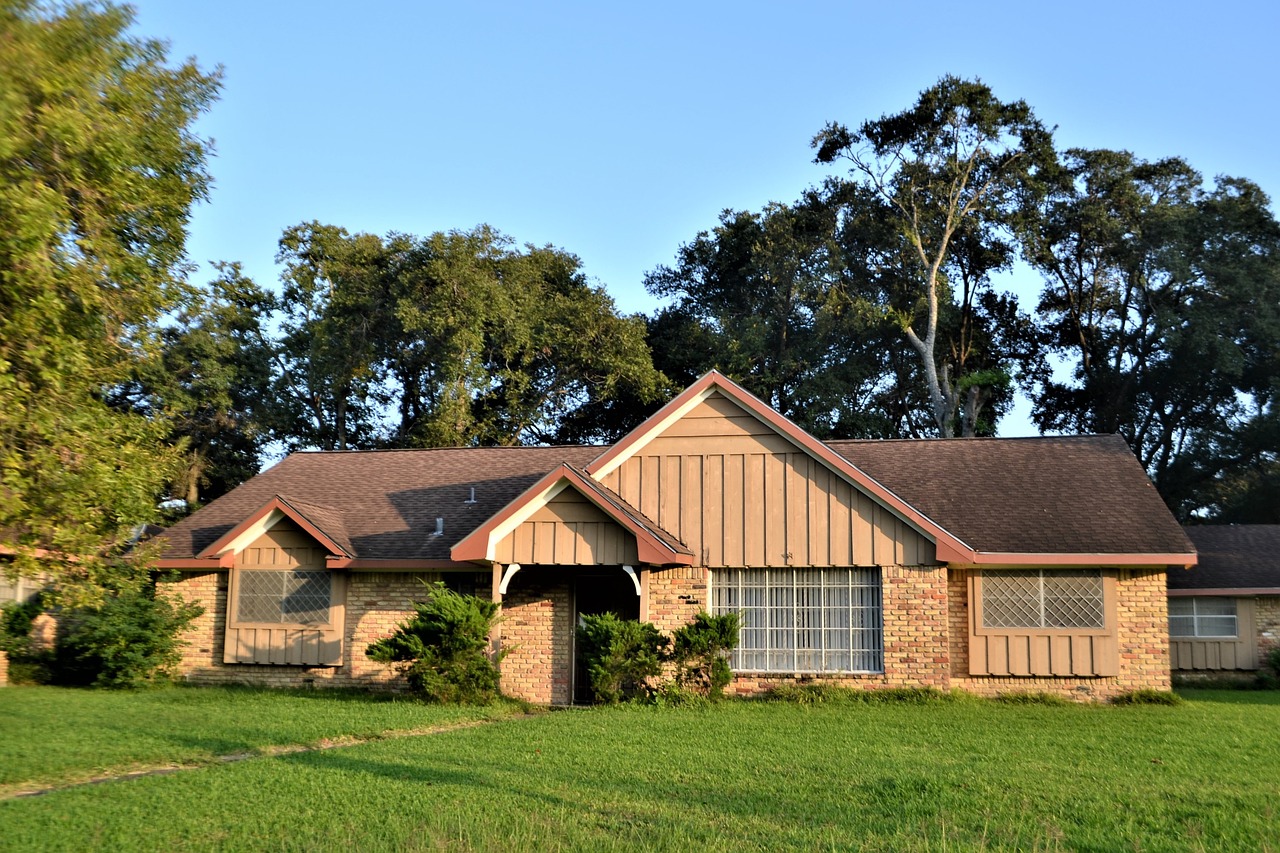In a neighborhood of similar homes, why is one worth more than another?
That’s the question that’s teased buyers and sellers for ages, but the answer is simple. Every home is different. When a home is sold, a willing seller and a willing buyer have just announced to the world the value of that home. From there, other similar homes are benchmarked, but other factors come into play. The most important are:
Location
The closer a home is to jobs, parks, transportation, schools, and community services, the more desirable it is.
Size
Square footage impacts home values because they’re built using more materials.
Larger lot sizes mean more privacy.
Number of Bedrooms and Baths
Over time, median homes have grown larger. Decades ago, household members shared bedrooms and baths without complaint, but today, families want more privacy. The median home purchased today is a three-bedroom, two-bath home.
Features and Finishes
Features such as outdoor kitchens and spa baths make a home more luxurious. A home finished with hardwood floors and granite countertops is going to cost more than a home with carpet and laminate countertops.
Condition
The closer a home is to new construction, the more it will retain its value. It’s perceived as more modern, up to date, and perhaps safer. Homes that are not updated or in poor repair sell for less. It’s a good idea for homeowners to keep their homes updated and in top repair.
Curb Appeal
From the street, the home looks clean, fresh, and inviting. Fresh landscaping and flowers won’t change the size or location, but they certainly add charm. When two homes are identical in the same neighborhood, a higher price may come down to something as simple as views, or paint colors, or the overall taste of the homeowner.
Valuing a home will never be an exact science, but if you buy wisely, keep your home updated and in good repair, you should recoup most if not all of your investment.
